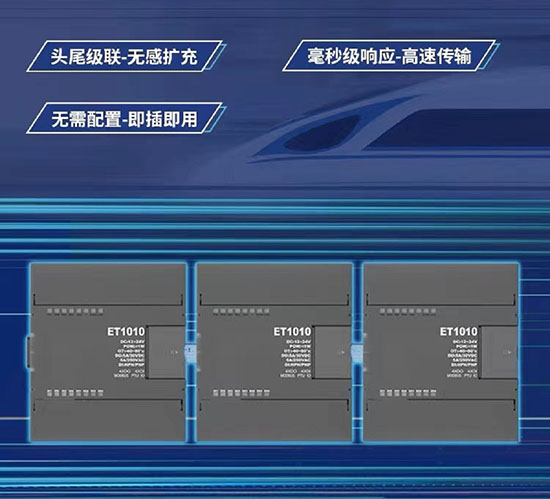Expanding the IO interface function allows us to handle more input and output situations during the programming process, improving the flexibility and performance of the program. The following are some common IO interface function extensions:

1. File operation: More file operation functions can be implemented by expanding the IO interface, such as file reading and writing, copying, deleting, renaming, etc.
2. Network communication: The expanded IO interface can support more network communication functions, such as data sending and receiving of TCP/IP protocol, Socket programming, etc.
3. Data stream operation: For the processing of large data files, the reading and writing of data streams can be realized by expanding the IO interface, increasing flexibility and efficiency.
4. Buffer operation: Expanded IO interface can realize buffer operation and improve the efficiency of data reading and writing.
5. Serialization and deserialization: It can support the serialization and deserialization of objects and realize the persistent storage and transmission of objects.
6. Concurrent operations: It can realize concurrent operations of multi-threads or multi-processes and improve the concurrent processing capabilities of the program.
7. Error handling: Add error handling functions, such as exception handling and error logging, to improve the robustness of the program.
In short, by expanding the IO interface function, we can better handle different input and output situations, improve the performance and flexibility of the program, and provide support for realizing more complex business requirements.Content recommendation: io interface module price